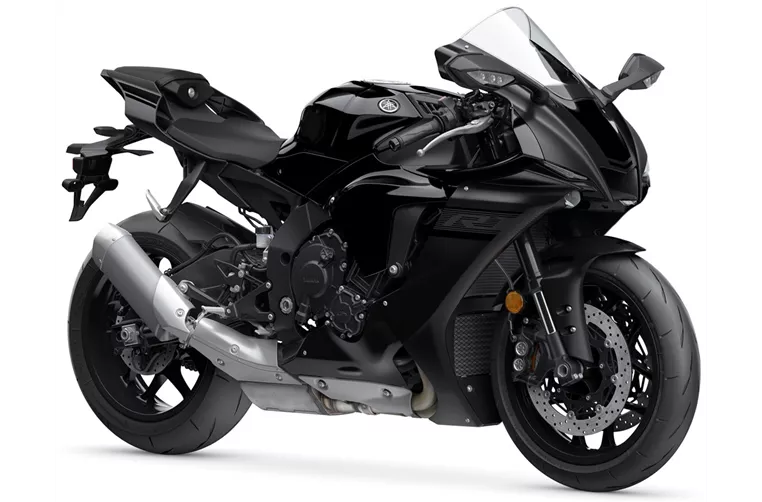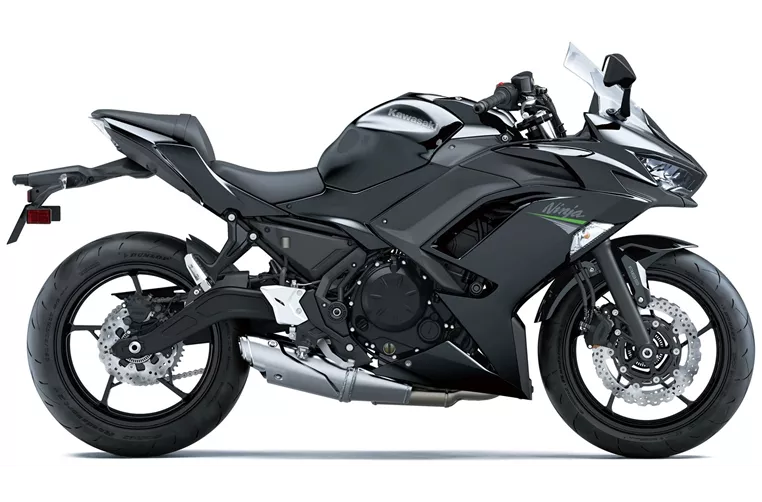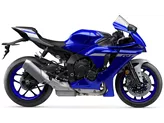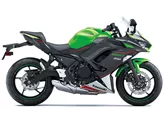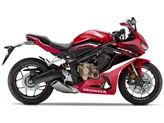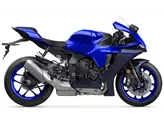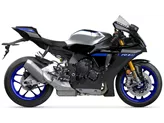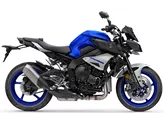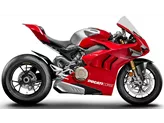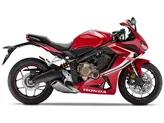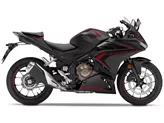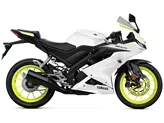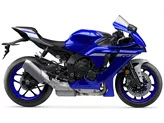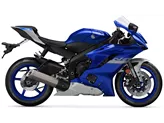Yamaha R1 2020 vs. Kawasaki Ninja 650 2020
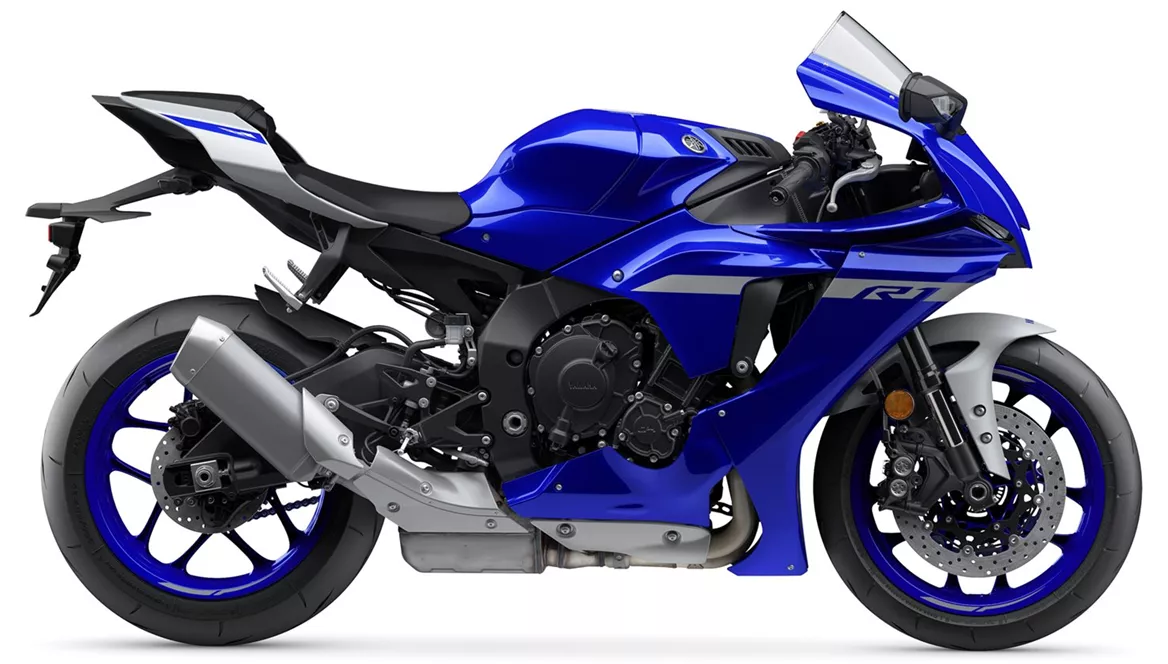
Yamaha R1 2020
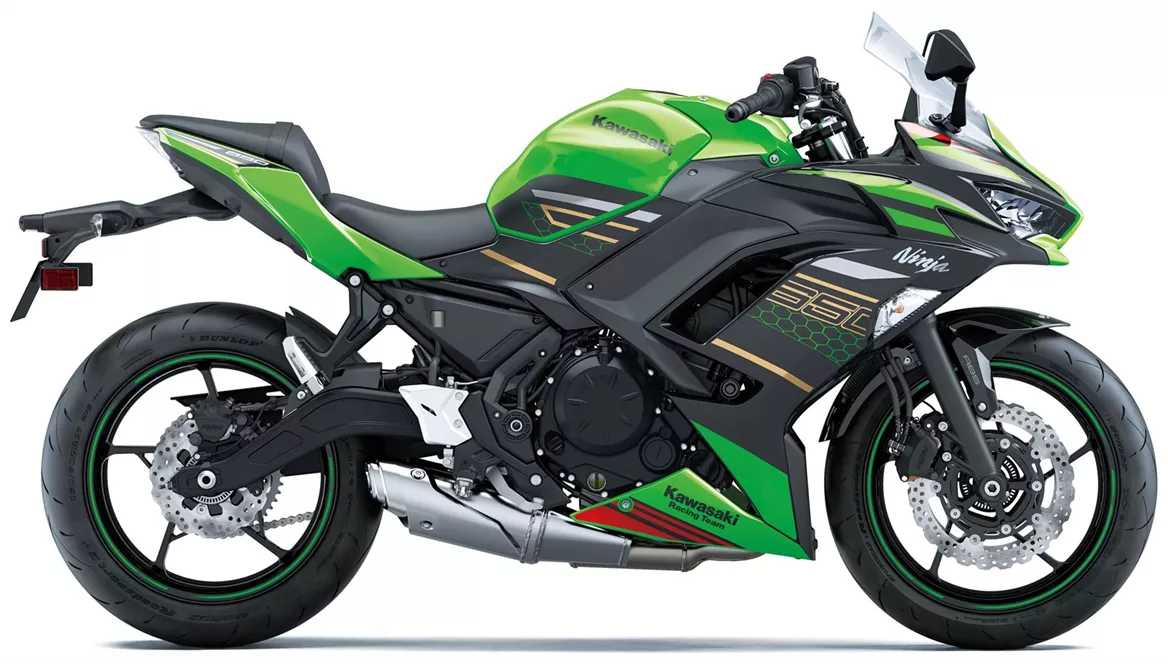
Kawasaki Ninja 650 2020
Visão geral - Yamaha R1 2020 vs Kawasaki Ninja 650 2020
The Yamaha R1 2020 and the Kawasaki Ninja 650 2020 are both popular motorcycle models in the supersport category. While they have some similarities, they also have distinct differences that make them suitable for different types of riders.
Starting with the technical specifications, the Yamaha R1 2020 is equipped with a powerful engine that has a bore of 79 mm and a stroke of 50.9 mm. It delivers an impressive 200 HP of power and 112.4 Nm of torque. The engine has a high compression ratio of 13 and features 4 cylinders with 4 valves per cylinder. The R1 also comes with advanced features such as DOHC valves and a displacement of 998 ccm. The suspension system includes a telescopic upside-down fork at the front, and the chassis is made of aluminum with a Deltabox frame. The front brakes are dual disc, and the R1 offers advanced rider assistance systems like launch control and traction control. The dimensions and weights of the R1 include a front tire width of 120 mm, a front tire diameter of 17 inches, a rear tire width of 190 mm, a rear tire diameter of 17 inches, a wheelbase of 1405 mm, a seat height of 855 mm, a curb weight (with ABS) of 199 kg, and a fuel tank capacity of 17 liters.
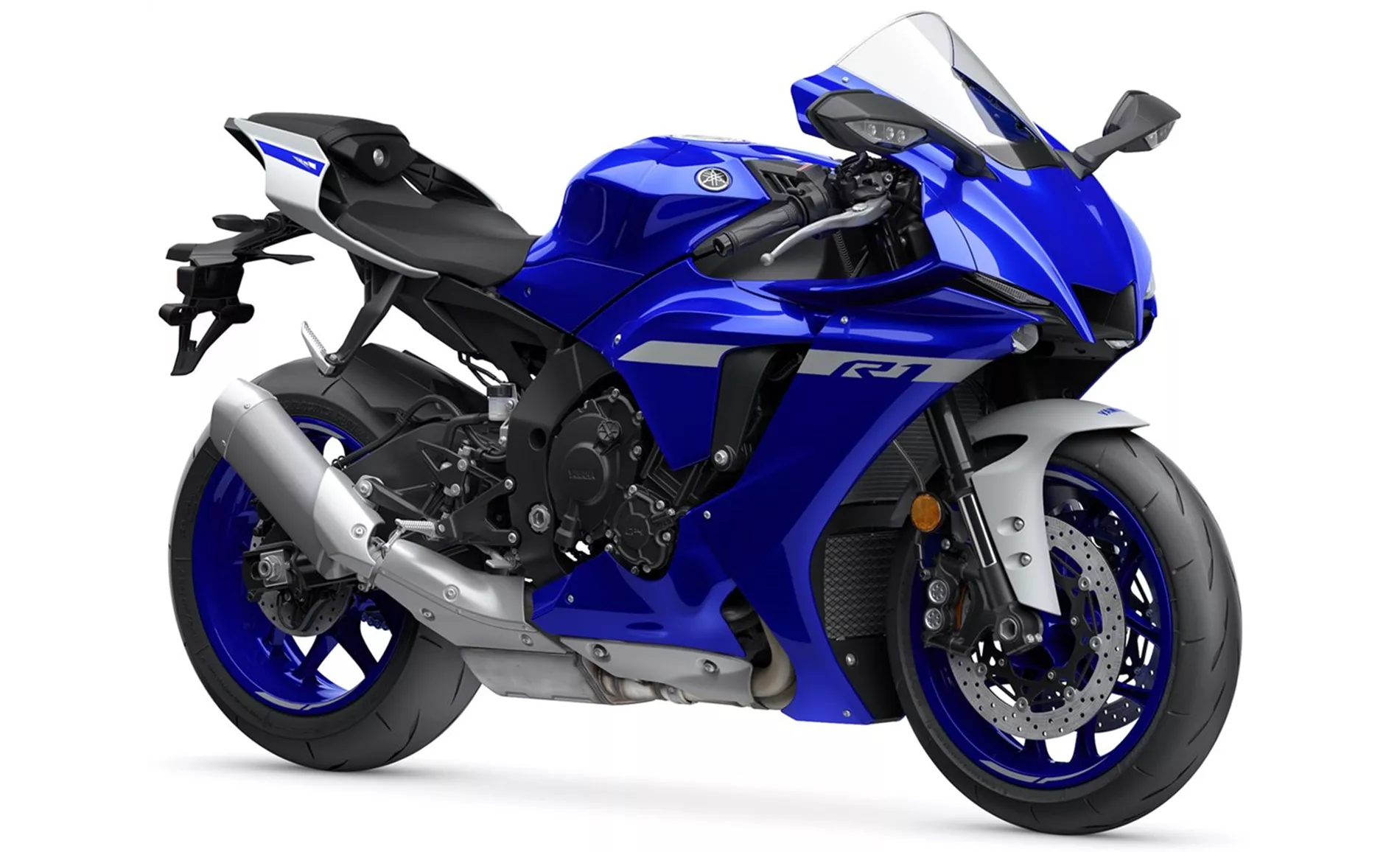
Yamaha R1 2020
On the other hand, the Kawasaki Ninja 650 2020 features a slightly different engine with a bore of 83 mm and a stroke of 60 mm. It produces 68.2 HP of power and 65.7 Nm of torque. The engine has a lower compression ratio of 10.8 and is equipped with 2 cylinders and 4 valves per cylinder, similar to the R1. The Ninja 650 also has DOHC valves and a displacement of 649 ccm. The suspension system includes a telescopic fork at the front, and the chassis is made of steel with a tubular frame. The front brakes are also dual disc, and the Ninja 650 offers ABS as its rider assistance system. The dimensions and weights of the Ninja 650 include a front tire width of 120 mm, a front tire diameter of 17 inches, a rear tire width of 160 mm, a rear tire diameter of 17 inches, a wheelbase of 1410 mm, a seat height of 790 mm, a curb weight (with ABS) of 193 kg, and a fuel tank capacity of 15 liters.
In terms of strengths, the Yamaha R1 2020 stands out for its powerful engine, clean response, excellent but non-intrusive sound, stable chassis, high-quality electronics, and overall impressive and noble impression. On the other hand, the Kawasaki Ninja 650 2020 is praised for being one of the last of its kind, having a powerful twin-cylinder engine, a comfortable seat suitable for longer rides, compact dimensions, beginner-friendly seat height, stable chassis, TFT screen with connectivity, and a sporty appearance.
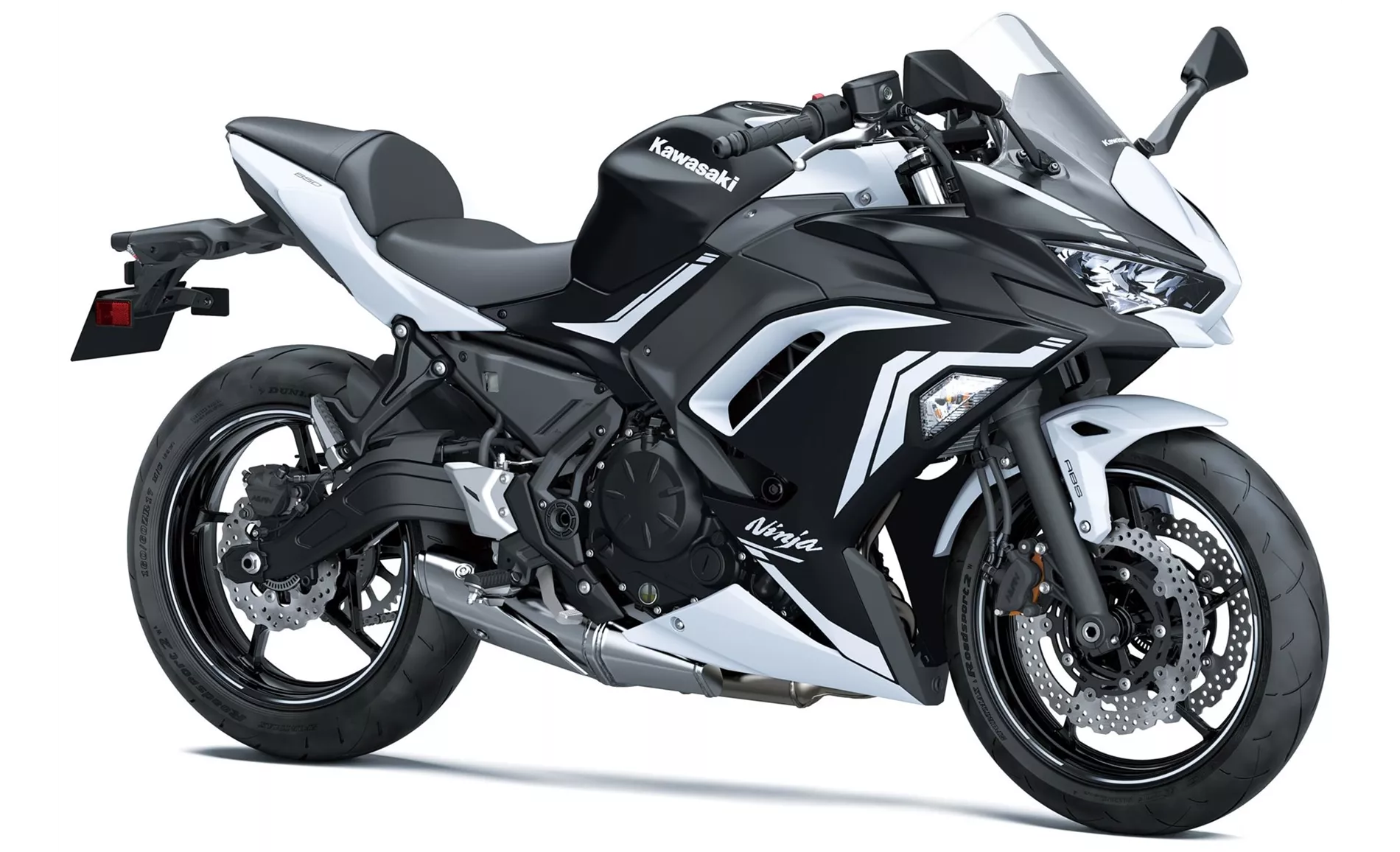
Kawasaki Ninja 650 2020
However, the Yamaha R1 2020 does have a weakness in its braking system, which is not completely satisfactory on the race track. On the other hand, the Kawasaki Ninja 650 2020 is considered too delicate for taller riders overall, has a point of pressure in the front brake, and limited suitability for two-person trips.
In conclusion, the Yamaha R1 2020 and the Kawasaki Ninja 650 2020 are both impressive motorcycles in their own right, but they cater to different types of riders. The R1 is a high-performance supersport bike that excels on the race track, while the Ninja 650 offers a more comfortable and versatile riding experience with its twin-cylinder engine and sporty design.
Especificações técnicas Yamaha R1 2020 em comparação com Kawasaki Ninja 650 2020
Prós e contras em comparação
Prós e contras em comparação
Yamaha R1 2020
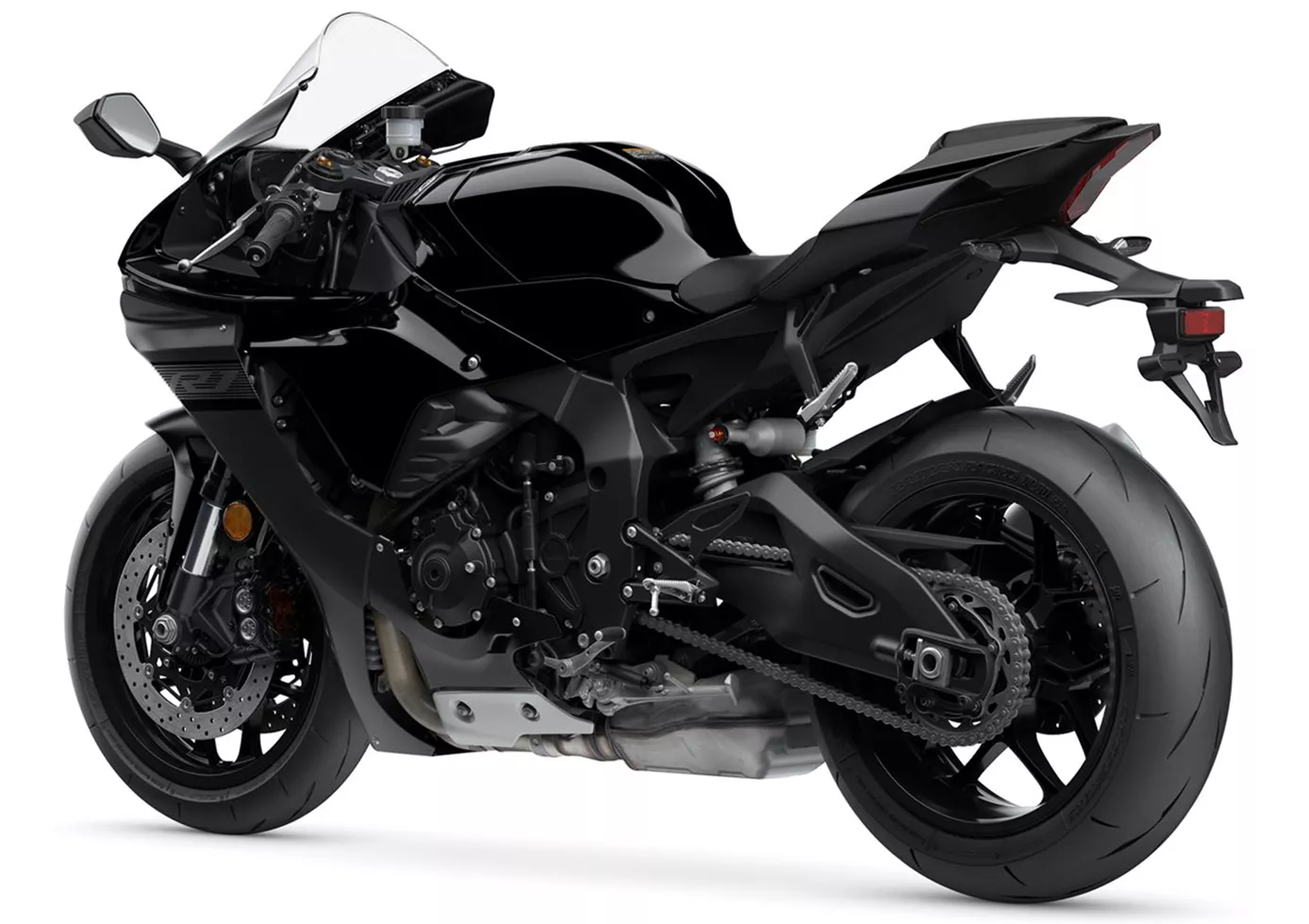
A Yamaha YZF-R1 está madura e faz a felicidade de inúmeros pilotos de pista. O motor brilha com leveza e agilidade, a posição do assento surpreende positivamente e o manuseio é radical, mas ainda "adequado para as massas". A máquina imediatamente se destaca visualmente e também por causa do som de aquecimento do coração. Especialmente na estrada rural, a moto pontua com os seus pontos fortes bem conhecidos: grande motor, grande eletrónica, grande pacote! Um verdadeiro prazer de conduzir!
Kawasaki Ninja 650 2020
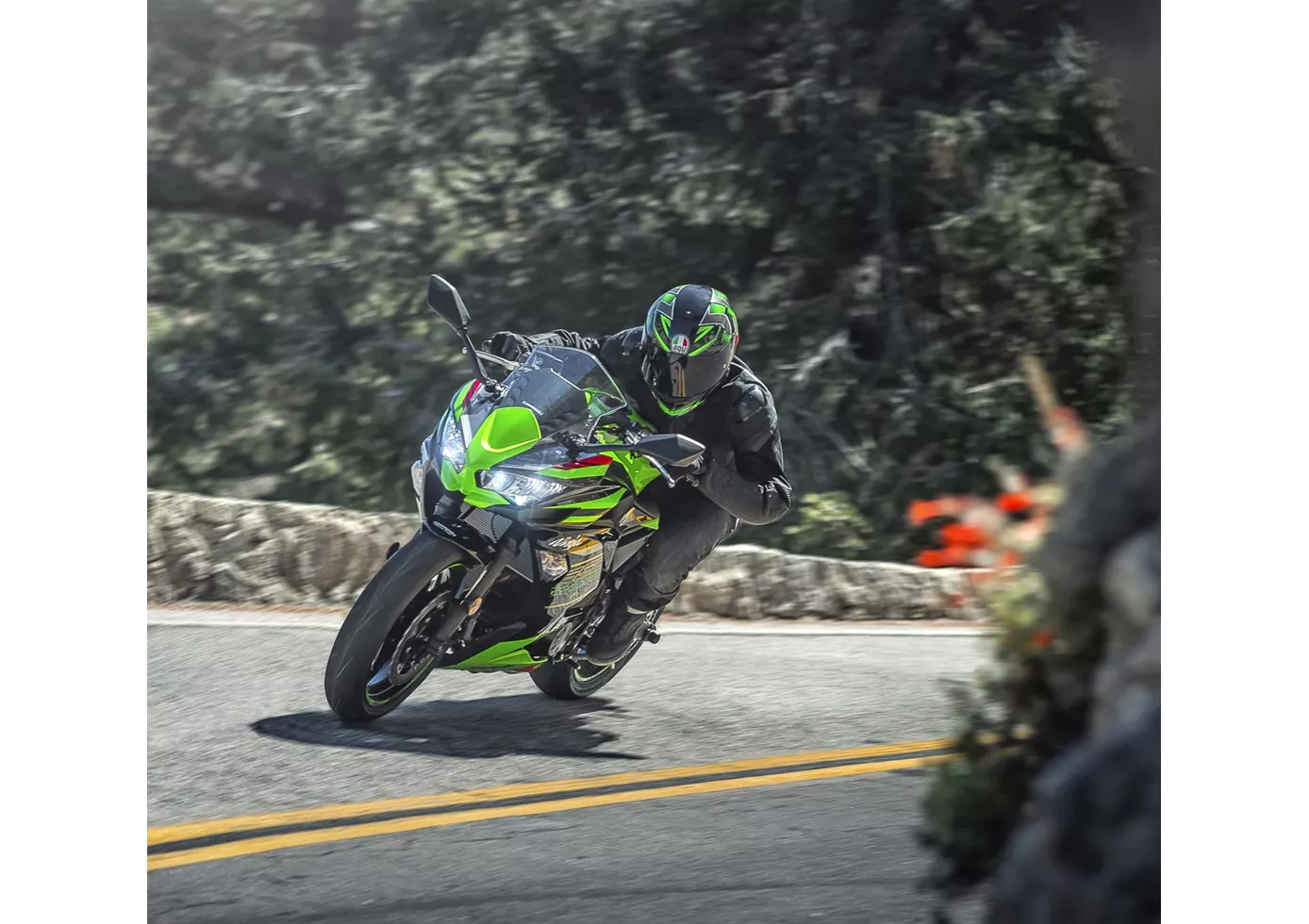
Salve a sport tourer! Com a Ninja 650, a Kawasaki criou uma representante exemplar desta classe e (espera-se) resolveu o problema da nova geração. O chassis estável e os dois cilindros decentes farão as delícias dos principiantes e dos pilotos avançados, mesmo a um ritmo mais acelerado. O travão dianteiro é um pouco bem intencionado demais, faltando-lhe um ponto de pressão transparente, apesar do bom desempenho de travagem. Outra vantagem é o ecrã TFT, que não encontramos na concorrência neste momento, bem como o aspeto adulto, que está fortemente orientado para os modelos Ninja maiores.
Comparação de preços Preço médio de mercado Yamaha R1 vs Kawasaki Ninja 650
There are a few key differences between a Yamaha R1 2020 and a Kawasaki Ninja 650 2020. In terms of price, the actual average price of a Yamaha R1 2020 is about 202% higher. Compared to Kawasaki Ninja 650 2020 there are less Yamaha R1 2020 bikes available on the 1000PS.de Marketplace, specifically 9 compared to 10. It takes less time to sell a Kawasaki Ninja 650 with 75 days compared to 86 days for the Yamaha R1. Since model year 2005 1000PS.de editors have written 80 reviews for the Yamaha R1 and 20 reviews for the Kawasaki Ninja 650 since model year 2017. The first review for the Yamaha R1 was published on 28/04/2003 and now has more than 3 900 views. This compares to more than 79 600 views for the first review on Kawasaki Ninja 650 published on 04/10/2016.
